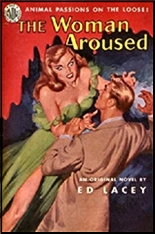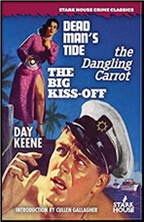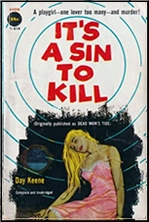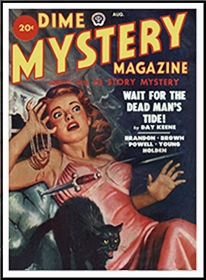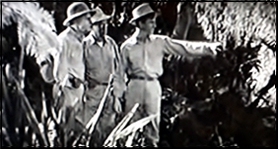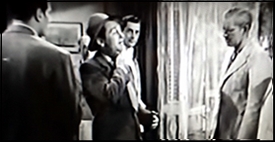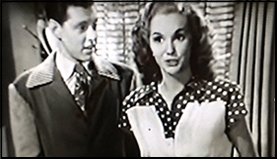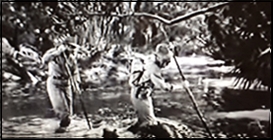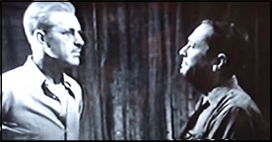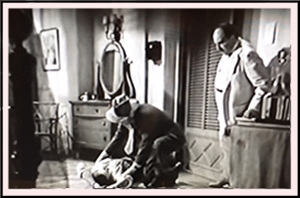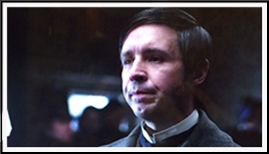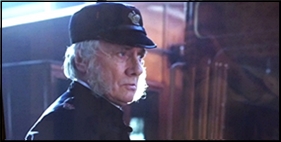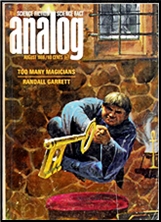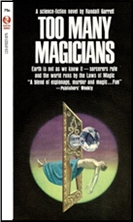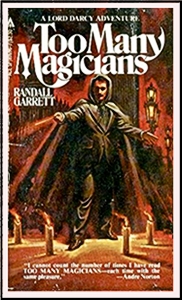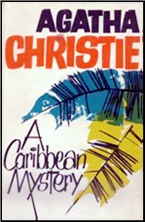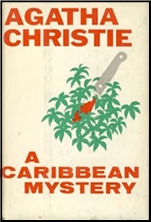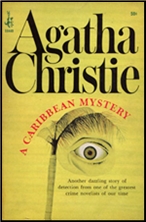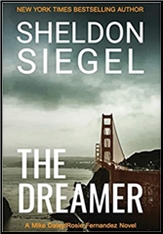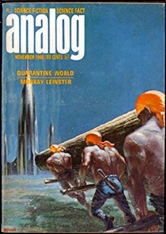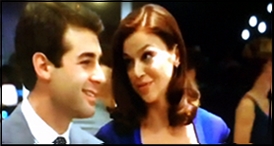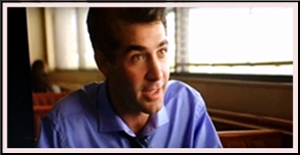Wed 25 Nov 2020
Diary Review: SPACE SCIENCE FICTION May 1952.
Posted by Steve under Diary Reviews , Magazines , Science Fiction & Fantasy[7] Comments
SPACE SCIENCE FICTION. May 1952. (Volume 1, Number 1.) Overall rating: 3 stars.
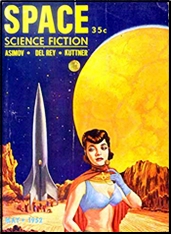
LESTER del REY “Pursuit.†Feature novel. A man with unknown assailants pursued for unknown reasons for the major part of the story finally discovers that it is his own unconscious mind plus an uncontrolled psi factor which has been creating his monsters. The plot, meant to sweep the reader along with the hero’s plight, jumps badly at times, simply because of vague details or incongruous background. Also, forty-two pages is a long time for confusion to run rampant. (1)
Comment: Collected in Gods and Golems (Ballantine, paperback original, 1973). Also of note, perhaps, is that Lester del Rey was also the editor of this magazine.
JERRY SOHL “The Ultroom Error.†A readable but pointless story of a life-germ transplanting process gone wrong. (2)
Comment: Collected in Filet of Sohl: The Classic Scripts and Stories of Jerry Sohl (Bear Manor Media, softcover, 2003). Besides a dozen or so SF novels published later on, Sohl also wrote scripts for Alfred Hitchcock, Twilight Zone, Star Trek and several other TV shows.
ISAAC ASIMOV “Youth.†Novelette. The illustrations give away the ending, obviously meant to be hidden. Two alien cultures meet and initiate friendly relations, but the identity of each cannot be determined from the context. (4)
Comment: Collected in The Martian Way and Other Stories (Doubleday, hardcover, 1955). This is clearly a small gem whose first appearance is hidden away in what is today an sadly obscure magazine.
HENRY KUTTNER “The Ego Machine.†Novelette. A badly confused robot carries on an ecological experiment in adjusting a Hollywood screenwriter’s character to his environment. The wild type of science-fictional comedy that made Kuttner famous. Incidentally, this novelette has only three pages fewer than the feature novel. (5)
Comment: ISFDb suggests that this story was co-written with C. L. Moore. Reprinted in Science-Fiction Carnival, edited by Fredric Brown & Mack Reynolds (Shasta, hardcover, 1953). Collected in Return to Otherness (Ballantine, paperback original, 1962).
BRYCE WALTON “To Each His Own Star.†A predictable story of four men lost in space, each wanting to go his own way. (2)
Comment: Reprinted in Space Odysseys: A New Look at Yesterday’s Futures, edited by Brian W. Aldiss (Doubleday, hardcover, 1976). Collected in “Dark of the Moon” and Other Stories (Armchair Fiction Masters of SF #1, softcover, 2011). Walton was the author of several dozen short stories between 1945 and 1969, but only one novel, one of the Winston series of YA books, which I’m sure explains why he’s a Little Known Author today.
